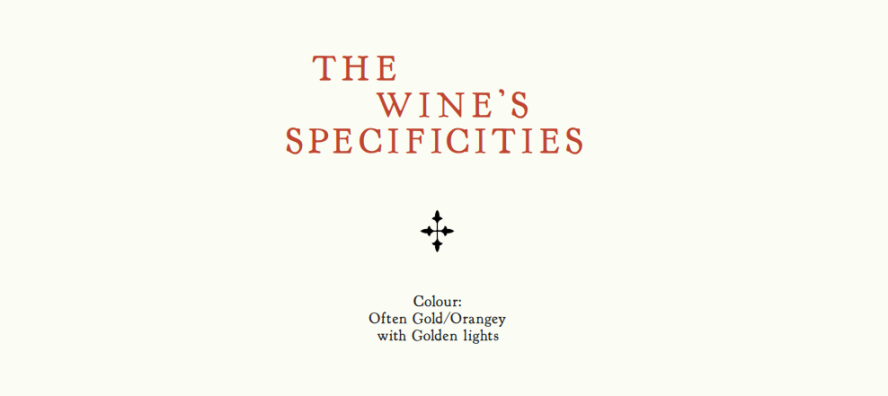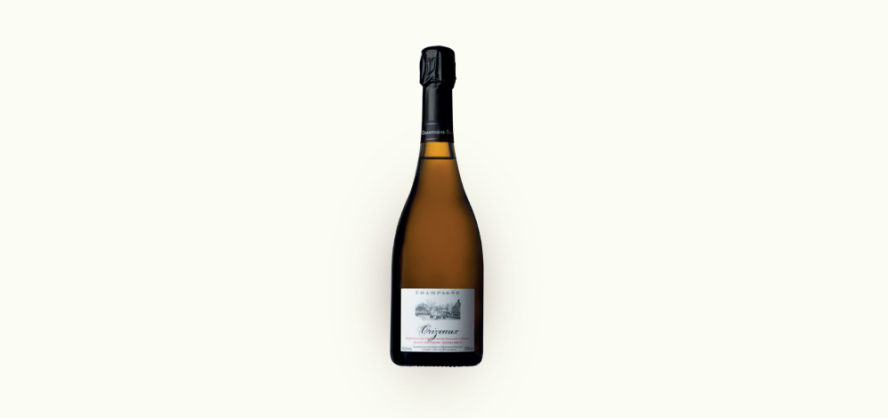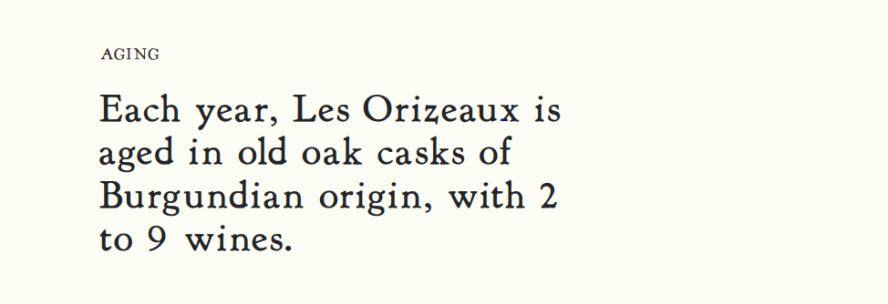Wine Sparkling Wine
Orizeaux
Medium Dry
High Acid
Medium Body
Bottle
2010 to Now
Natural Wine
757 mL
251-500
Producer


TEXTURE
The wine grower can approach wine from Les Orizeaux in multiple ways. Aged in tanks without air contact, it retains a supple texture, slightly rich in the mid-palate. Aged in casks, this wine opens up by balancing its chewiness as soon as the saltiness appears during maturation. This rich texture develops to provide a salty balance, which is not typical in our village.
FERMENTATION
Wines from Les Orizeaux quickly go into natural fermentation. The availability of mineral elements in this vineyard seems to favour rapid and stable fermentations. This wine rapidly triggers malolactic fermentation, no matter the temperature in the cellar or the level of pH. It is not advisable to block the malos for this Champagne, except perhaps in a year when the malolactic fermentation is slow to start, but this has not happened in the 10 short years that I've been vinifying this Champagne.
ABOUT US
In the 7th century, the villages' wine growers, situated in Merfy, drew on the heritage of the Benedictine monks from the abbey of Saint Thierry. Generation after generation, Merfy's wine growers, together with the abbey, shaped the viticultural landscapes of our hillsides, meticulously separating each plot according to its geological origins, soils, subsoils, etc. Names were subsequently inscribed on maps of the village, and these became the "lieu-dits," which today nourish the roots of the vines growing there.
A FAMILY HERITAGE
The traces of the wine growers in our family go back to 1490, with Nicolas Taillet, and Fiacre Taillet in 1540. By 1700, a second Fiacre Taillet, an erudite wine grower, was writing his memoirs recounting his lifework, as well as all the important events of the village, the family and his profession. The Chartogne-Taillet family continues this tradition of writing and savoir-faire inherited from this legacy of wine growing.
A SAVOIR-FAIRE & PASSION
Understanding, by way of the saltiness, the textures, the lengths and the tastes, that wine's origins, from which soil and subsoil the vine has drawn its strength and its knowledge. We are the guarantors of this knowledge, to be passed on from one generation to another, from one bottle to the next. Today, our gestures are guided by this transmitted know-how, and we adapt the Benedictines' winemaking practices to the new effervescence of the Champagne region.

